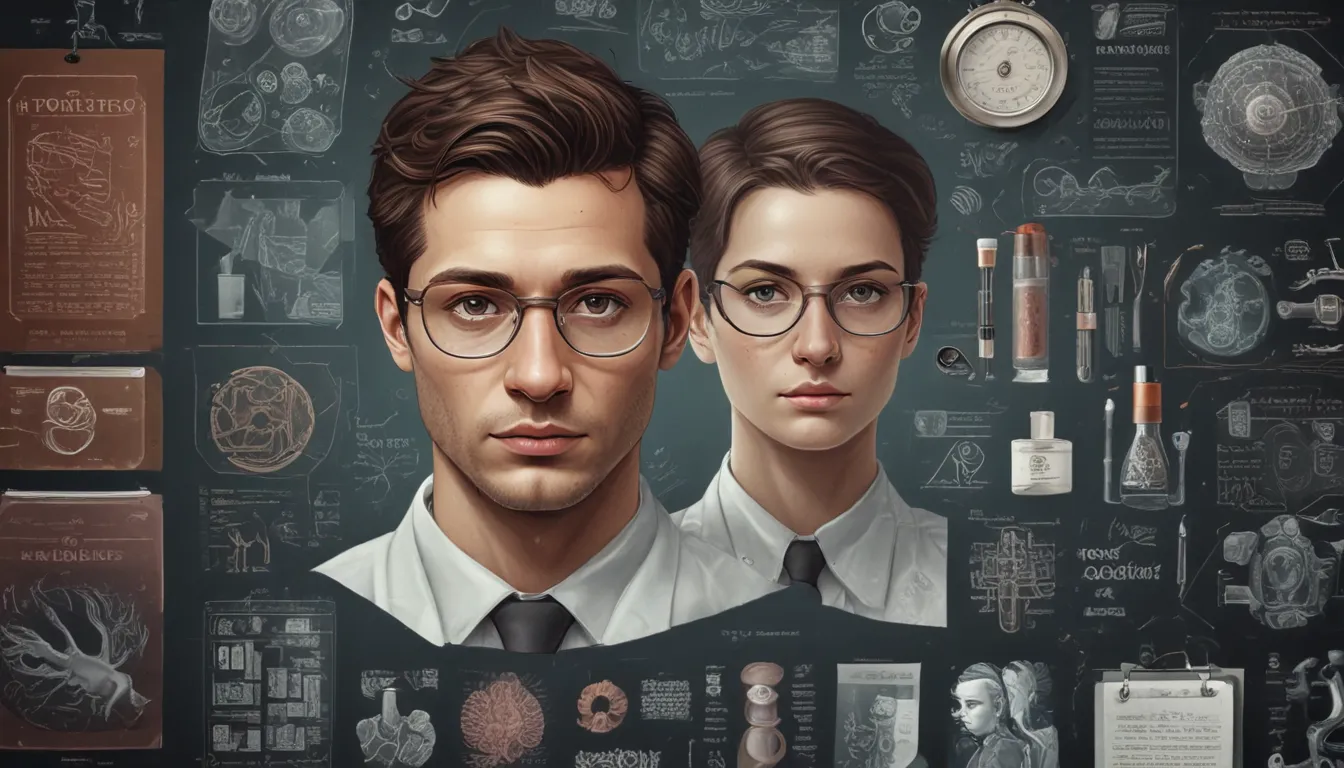A Note About Images: The images used in our articles are for illustration purposes only and may not exactly match the content. They are meant to engage readers, but the text should be relied upon for accurate information.
Are you fascinated by the intersection of science and investigation in solving mysteries and crimes? Forensic science is a riveting field that delves into the depths of human behavior and scientific analysis to unravel the truth behind puzzling cases. From DNA analysis advancements to the utilization of entomology in crime scene investigations, the realm of forensic science is brimming with fascinating discoveries and breakthroughs. Join us on a journey through 20 fun facts about forensic science, where we explore the remarkable innovations and compelling applications that have shaped this captivating field.
Key Takeaways:
- Forensic science, derived from Latin, uses diverse techniques like DNA analysis and insect behavior to solve crimes and identify individuals, revolutionizing the pursuit of justice and truth.
- From analyzing handwriting to reconstructing faces from skulls, forensic science combines science and investigation to uncover crucial evidence, captivating and fascinating the world.
Forensic Science: An Intriguing Blend of Science and Investigation
Forensic science is a captivating field that combines science and investigation to uncover crucial evidence. Here are 20 intriguing facts that shed light on the diverse and fascinating world of forensic science:
The Intriguing Origins of Forensic Science
- The term “forensic” originates from the Latin word “forensis,” meaning “of or before the forum,” highlighting its historical association with legal proceedings and public debate.
- In ancient China, during the 6th century, the book “The Washing Away of Wrongs” documented the use of handprints and fingerprints to solve crimes, marking one of the earliest instances of forensic science being employed in a criminal investigation.
Pioneers and Innovators in Forensic Science
- Mathieu Orfila, a Spanish toxicologist, is widely regarded as the father of forensic toxicology, laying the foundation for systematic analysis of poisons and their effects on the human body.
- The iconic fictional detective Sherlock Holmes, created by Sir Arthur Conan Doyle, played a significant role in popularizing forensic science with his astute use of logical reasoning and forensic techniques in solving mysteries.
Specialized Disciplines in Forensic Science
- Forensic entomology involves studying insects and their behavior to determine the time and location of death in criminal investigations.
- The groundbreaking work of the Innocence Project has led to the exoneration of wrongfully convicted individuals through DNA testing, emphasizing the importance of accurate forensic evidence in the criminal justice system.
Lesser-Known Aspects of Forensic Science
- Cheiloscopy, the study of lip prints, is a lesser-known aspect of forensic science that can be used for identification and forensic analysis.
- Forensic odontology plays a vital role in identifying individuals through dental records, particularly in cases where traditional identification methods are not feasible.
Technological Advancements in Forensic Science
- The Combined DNA Index System (CODIS), managed by the FBI, stores DNA profiles from convicted offenders, unsolved crime scene evidence, and missing persons to link perpetrators to criminal activities.
- Footwear impressions can be analyzed using forensic techniques to link suspects to specific crime scenes based on distinctive patterns and wear marks.
Specialized Analysis in Forensic Science
- Forensic document examination involves the analysis of handwriting, signatures, and documents to determine their authenticity and identify potential forgeries.
- Forensic ballistics examines firearms, bullets, and ammunition to link them to specific crimes, aiding in determining the type of weapon used and identifying suspects.
Unique Applications of Forensic Science
- Forensic anthropologists can reconstruct facial features from skeletal remains, aiding in the identification of deceased individuals when their identity is unknown.
- Forensic artists use their skills to create facial reconstructions of unidentified individuals based on skeletal remains, generating leads and aiding in identification.
Advancements and Innovations in Forensic Science
- Technological advancements, including DNA analysis, digital forensics, and imaging techniques, have revolutionized the field of forensic science, enhancing the accuracy and efficiency of investigations.
- Forensic science continues to evolve with cutting-edge technology, making invaluable contributions to the criminal justice system in unraveling mysteries and bringing justice to the forefront.
Forensic science encompasses a diverse array of disciplines, each playing a vital role in uncovering evidence and unraveling mysteries. From the meticulous analysis of DNA to the study of insect behavior, the world of forensic science is as intriguing as it is indispensable in the pursuit of justice and truth.
FAQs
-
What are the main branches of forensic science?
Forensic science encompasses various branches, including forensic biology, forensic chemistry, forensic anthropology, forensic pathology, digital forensics, and forensic psychology, each specializing in different aspects of criminal investigations. -
How does forensic science contribute to solving crimes?
Forensic science aids in solving crimes by analyzing physical evidence such as DNA, fingerprints, fibers, and ballistics, providing crucial insights that can link suspects to crime scenes and corroborate or refute alibis. This scientific approach helps build a comprehensive understanding of criminal activities, ultimately leading to the apprehension of perpetrators and the delivery of justice.
Forensic science captivates imaginations, but what lies beneath surface-level intrigue? Unraveling complexities requires expertise, dedication from professionals working tirelessly behind scenes. Forensic scientists, crime scene investigators, DNA fingerprinting specialists—each plays crucial roles in solving puzzles, bringing justice. Their astounding skills, surprising techniques merit exploration for anyone curious about inner workings of criminal investigations. Why not satisfy curiosity by learning more? Delving deeper reveals even juicier tidbits!






